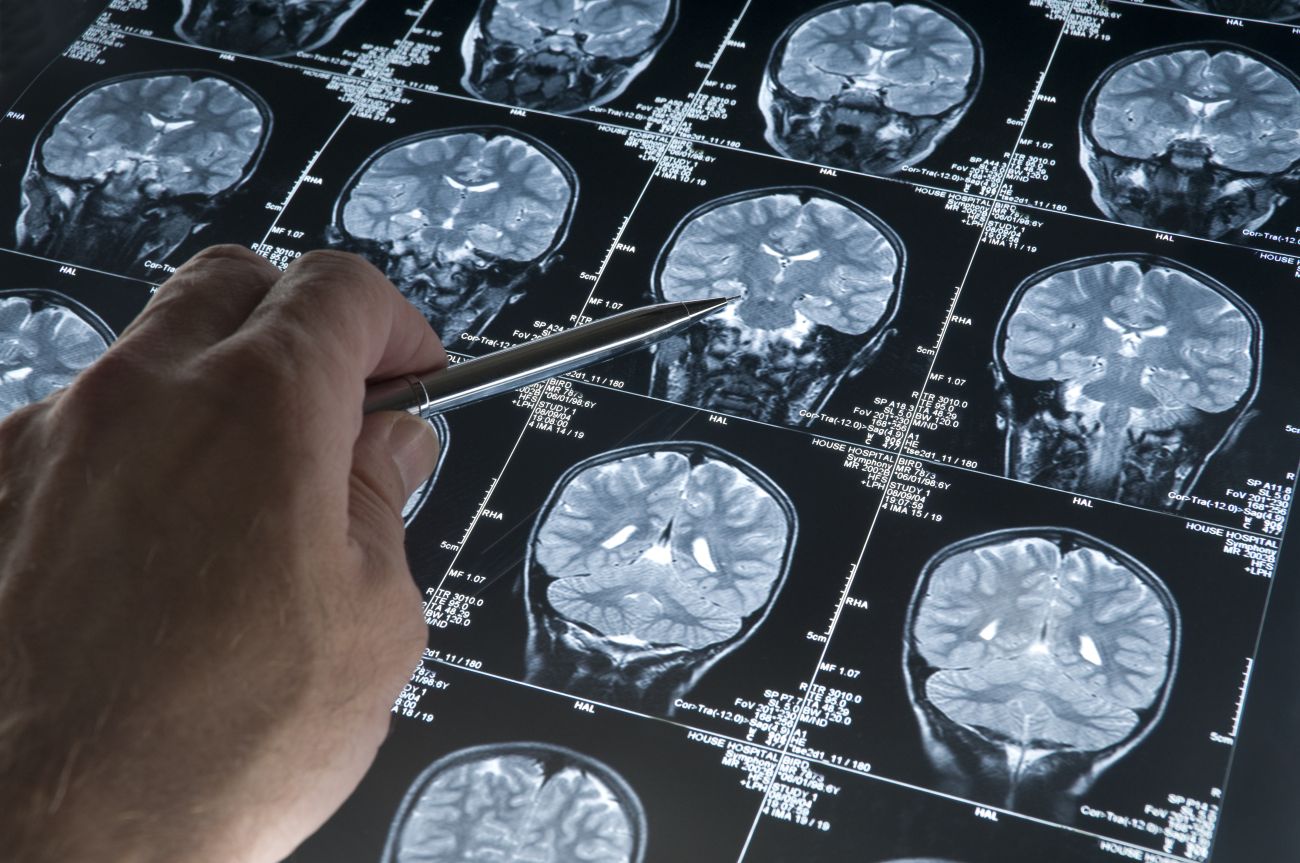Alzheimer’s disease is a neurological disorder characterized by the death of brain cells. Fortunately, you can learn everything you need to know about Alzheimer’s with a search online right now, which could help you spot early symptoms.
The Alzheimer’s Association estimates that 5.8 million Americans are living with the disease right now. 5.6 million are over the age of 65, while approximately 200,000 have early-onset Alzheimer’s disease.
What’s the Difference Between Dementia and Alzheimer’s Disease?
Dementia can be defined as a continuous decline in cognitive functioning and behavioral and social skills that disrupt a person’s ability to function independently. Alzheimer’s disease is the most common form of dementia, representing 60 to 80 percent of cases. As a result, Alzheimer’s is the sixth leading cause of death in the United States.
Other forms of dementia include vascular dementia, Lewy body dementia, Parkinson’s disease, and frontotemporal dementia. Additionally, it is not uncommon for individuals to have a combination of two or more types of dementia, which is termed mixed dementia.
What Causes Alzheimer’s?
Although the exact cause of Alzheimer’s disease is unknown, scientists suspect that plaques and tangles are responsible for the death of brain cells.
Plaques are abnormal deposits of a protein called beta-amyloid that accumulate in the spaces between nerve cells, while tangles are the twisted fibers of the protein tau that amass inside cells. These plaques and tangles involve parts of the brain that control thought, memory, and language, which is why Alzheimer’s can seriously affect a person’s ability to carry out daily activities.
Although the exact cause of the disease is unknown, scientist concedes that a combination of genetic/hereditary, lifestyle, and environmental risk factors may play causative roles. The potential risk factors for the development of Alzheimer’s disease include:
- Advancing age, especially age greater than 65 years;
- Family history of Alzheimer’s;
- Down syndrome;
- Traumatic brain injury (TBI) — in fact, moderate TBI may cause a two-fold increase in the risk of disease and severe TBI a 4.5-fold increase — and;
- Exposure to some environmental contaminants, such as toxic metals, pesticides, and industrial chemicals.
Is Alzheimer’s Hereditary?
While the answer to the above question is complex due to the interactions of all potential risk factors, the simple answer is yes, to a certain extent.
If you have a first-degree relative — meaning parents or sibling — diagnosed with Alzheimer’s, it can increase your risk of disease by as much as 30 percent. Additionally, an inherited gene called apolipoprotein E (APOE4) is associated with greater risk for Alzheimer’s disease, although testing for this gene is only used in research settings at the moment. If you inherit one copy of the APOE4 gene, your risk for the disease increases three-fold. If you inherit two copies of the APOE4 gene, your risk increases 10- to 15-fold.
What Are the Early Signs and Symptoms of Alzheimer’s?
Alzheimer’s disease usually develops slowly and gradually worsens over several years. As the disease progresses, it affects most of the brain, including the areas that govern memory, thinking, judgment, language, problem-solving, personality, and movement.
Memory loss is the earliest and usually most noticeable symptom of Alzheimer’s disease. The ability to retain and recall new information is severely affected.
Other early symptoms of Alzheimer’s may include difficulties with:
- Planning and solving problems, such as inability to balance a checkbook;
- Completing familiar tasks, such as getting lost on a familiar route;
- Determining time or place, such as forgetting important dates or events;
- Finding the right words, such as repetitive questions or conversations, and;
- Making decisions, such as poor judgment or declining hygiene.
Still yet, additional early symptoms may include:
- Vision complaints, like having increased difficulty reading;
- Misplacing personal items often, which may be misinterpreted as others stealing from them;
- Social withdrawal/isolation, like the avoidance of work, hobbies, and/or social events that were once important, and;
- Personality and mood changes, like confusion, depression, anxiety, or fearfulness.
What Are the Stages of Alzheimer’s?
Depending on what you read, many doctors recognize three to five stages of Alzheimer’s disease. They are:
- Preclinical;
- Mild Cognitive Impairment;
- Mild Dementia;
- Moderate Dementia, and;
- Severe Dementia.
As the disease progresses, symptoms go from not being noticeable to severe dementia. Symptoms of severe dementia include major confusion, weight loss, difficulty swallowing, hallucinations, and loss of bowel and bladder control.
Additionally, the Alzheimer’s Association describes seven stages. They are:
- Normal outward behavior;
- Very mild changes;
- Mild decline;
- Moderate decline;
- Moderately severe decline;
- Severe decline, and;
- Very severe decline.
The stages don’t always fall into discrete boxes and could each take several years to progress.
Is There a Test for Alzheimer’s?
There is no single test that can be used to diagnose Alzheimer’s disease. Instead, a clinical diagnosis is usually made based on medical history, physical examination, mental status tests, blood tests, and brain imaging studies. Most of these exams and tests are used to exclude diseases that share signs and symptoms with Alzheimer’s, such as hypothyroidism, stroke, vitamin B12 deficiency, and brain bleeds.
You may receive a referral to a neurologist, a doctor who specializes in treating the brain and nervous system, to help with your diagnosis and care.
Is There a Cure for Alzheimer’s?
Unfortunately, there is presently no cure for Alzheimer’s disease, but an early diagnosis can be extremely beneficial. Early treatment gives you the best shot at relieving symptoms and increasing your duration of independence. As such, there are several treatments aimed at this outcome.
What Treatments Are Available for Alzheimer’s?
Current treatments available for Alzheimer’s disease include:
- Cholinesterase inhibitors (donepezil [Aricept], rivastigmine [Exelon], and galantamine [Razadyne]);
- A partial N-methyl-D-aspartate (NMDA) antagonist (memantine [Namenda]), and;
- Combination cholinesterase inhibitor and NMDA antagonist (memantine/donepezil [Namzaric])
Secondary symptoms can benefit from treatment with antidepressant/antianxiety medications, neuroleptic agents, and mood modulators.
As the current population ages, research to find better ways to diagnose and treat Alzheimer’s disease is paramount.
